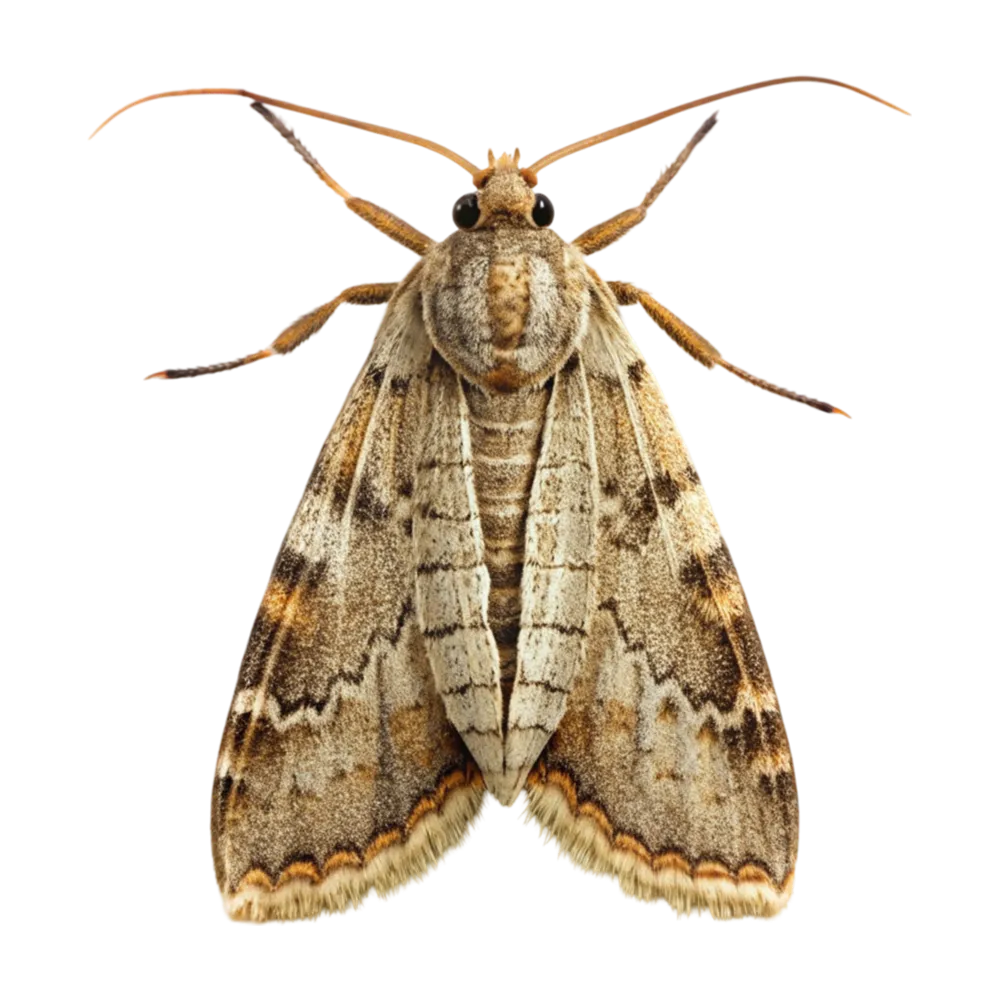
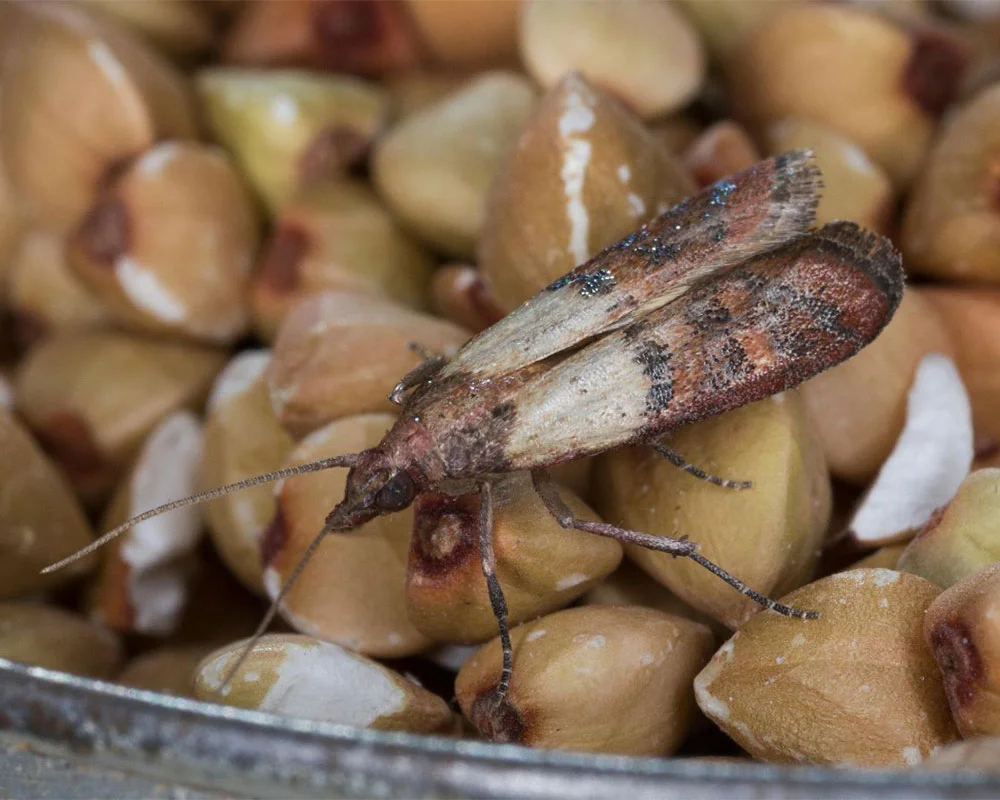
When moths grow into adult moths, the females will lay up to 500 eggs during their lifespan. Pantry moths are tiny little pests with small white larvae and nearly invisible eggs.
You will mostly find them in areas where food is stored, and can easily contaminate various contents in your pantry. You should get opt for pantry moth control Sydney if you notice a single moth because you might have to deal with an infestation eventually.
We at Sydney Pest Crew, advise clients to call us right away if you notice signs of an infestation. If you continue to ignore this issue, eliminating the moths from your pantry will only get harder.
In Australia, pantry moths can become pests, which means damaging results. They are among the most troublesome pests that can infest your kitchen, and they can be extremely difficult to eliminate. They pose a significant risk of food contamination due to the presence of moth larvae in food containers, raising concerns about kitchen cleanliness.
If you notice moths flying around in your kitchen, it's probable that they have already infiltrated your food containers and cupboards.
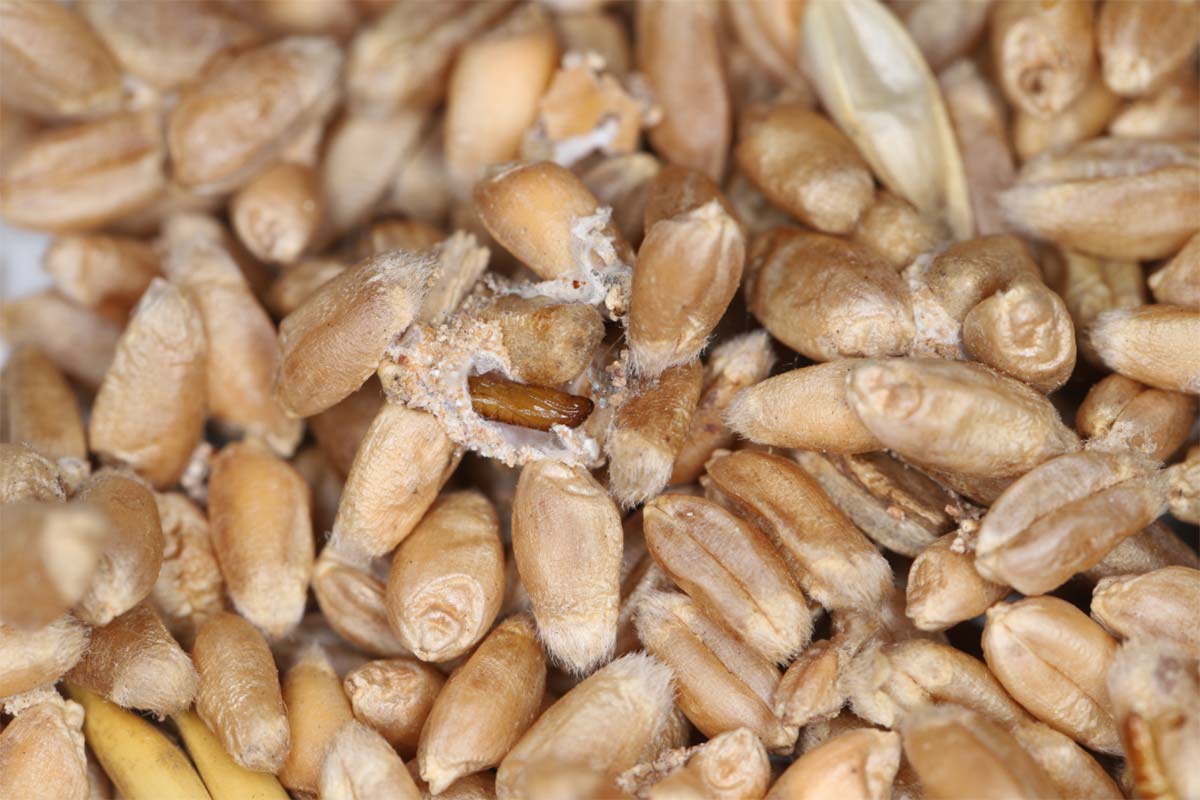
Pantry moths commonly referred to as Indian meal moths, get their nutrition from various food items. You wouldn't find them in crevices or walls but in food items. Here are a few of the most common ingredients that pantry moths are present in:
If you accidentally purchase a contaminated bag of any of these ingredients, contact pantry moth control Sydney to deal with the infestation.
Adult moths flying around your pantry isn’t the only sign of a potential infestation. In some cases, that’s the last sign. You can notice various other signs well before the larvae develop. Here are a few signs you should look out for:
We understand the fact that you want to protect your pantry from moth infestation. Our expert technicians will conduct a complete inspection and seal any hiding sites.
We will determine what type of moth species there is and apply customised pantry moth pest control solutions to exterminate them completely. Our experts will then establish a continuous preventive plan equipping the household with the tactics to maintain a pantry free from these harmful pests. Don't tolerate those pantry moths any longer.

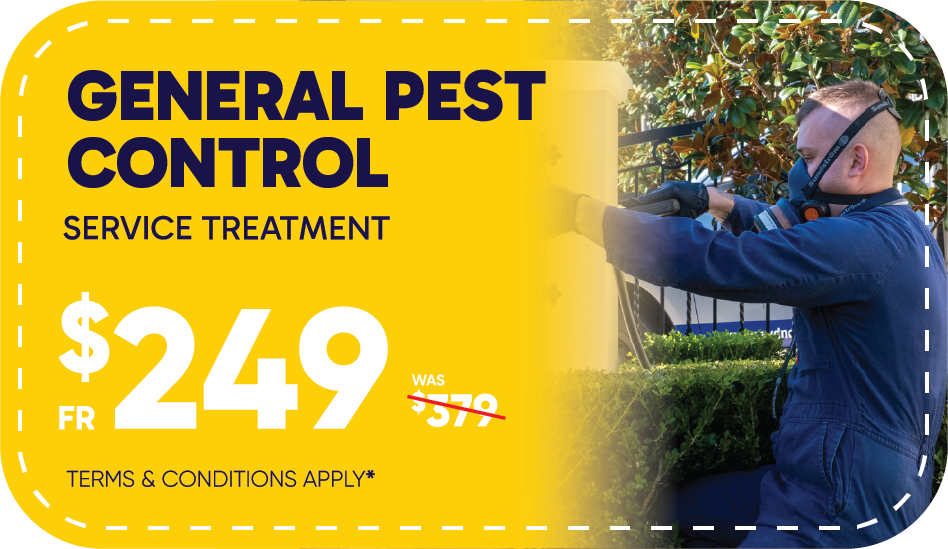

Whether it’s in your walls or in your attic, we provide a complete bee removal services in all of Sydney. Our approach is to apply an eco-friendly and safe way of getting rid of pantry moth. Our experienced pest controllers will also provide long-lasting pantry moth infestation control and prevention that is 100% human and pets safe.
We are capable of handling all type of pests, including various species of flies. Our company has invested in the latest technology and uses only eco-friendly control products. Not only will you find our Sydney fly control solutions to be effective and reliable, but affordable as well. Some types of pantry moths we can get rid of are:

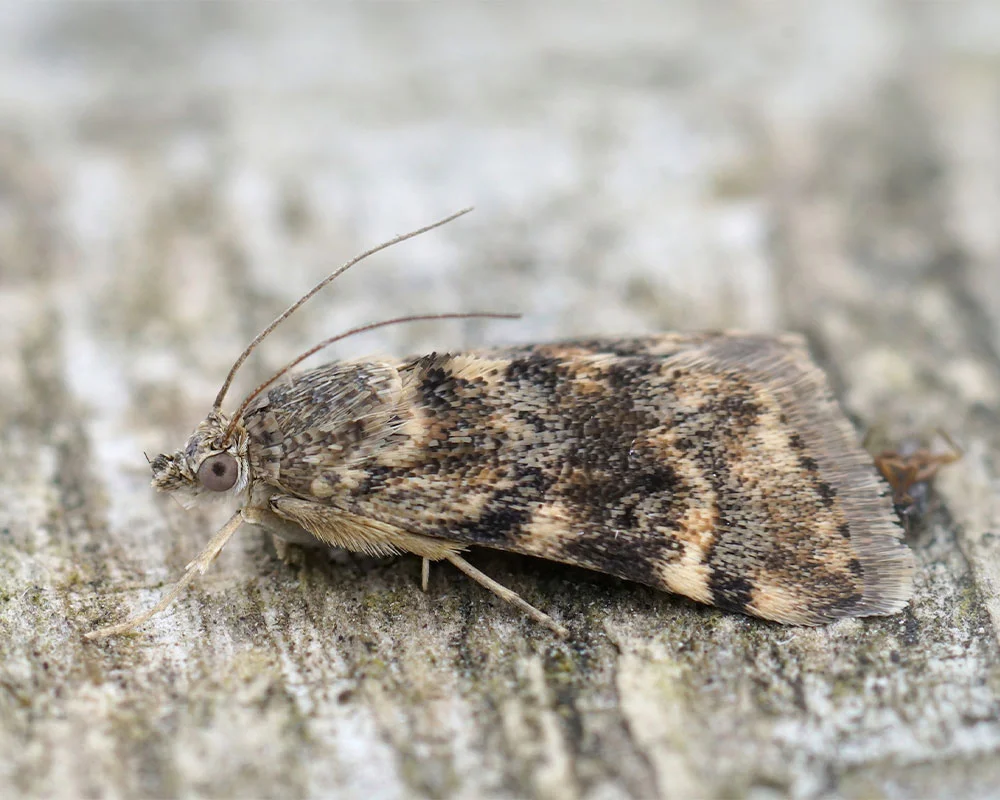
Pantry moths deposit their eggs on stored food and grains. Adult females have the capacity to lay hundreds of eggs directly on or near potential food sources. The actual harm is caused by the larvae, which are tiny caterpillars. Detecting an adult moth could indicate the presence of infested items somewhere in the home.
You should get in touch with expert pantry moth pest control services like us at Sydney Pest Crew. Our team of skilled and licensed professionals will assess the damage and provide you with customised solutions.
For more details about our pantry moth control and other pest control solutions, feel free to contact Sydney Pest Crew at 1300 288 342. You can also send us your queries and requests through this Online Form, and we will respond within the shortest possible time.
Pantry moths are often brought into homes with groceries. From there, they breed and multiply in your cabinets and any open food packets. Sometimes, pantry moths can accidentally end up in homes by slipping through cracks and holes.
Pantry moths won’t sting or bite you. However, adult pantry moths lay eggs in stored food items. The larvae feed on and live in these items. This contaminates the food making it inedible.


Book a pest treatment online or call us on 1300 288 342